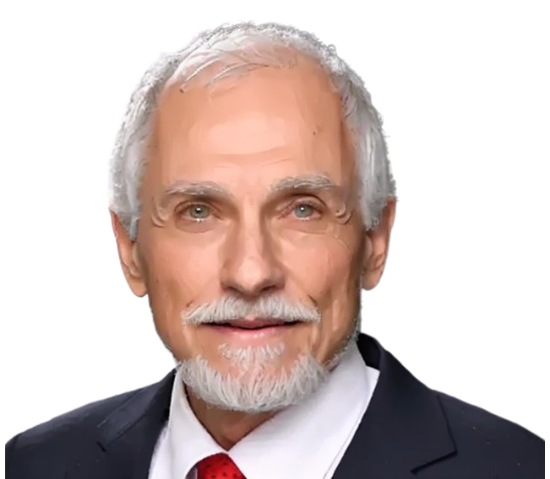Hypnotic Pain Control, and the Power of Affirmations versus Mental Imagery
Our mouth is one of the most sensitive parts of the body, as there is a high concentration of nerve endings in the mouth. That is why taking care of your dental health is very important, if you want to omit some serious dental problems. I personally run regular check-ups with our local clinic.
Extracting a molar tooth from a person’s mouth without the use of local or general anesthesia is very painful for the average person. Removal of a person’s wisdom teeth is considered to be surgical, and sometimes requires general anesthesia (using sedatives to render the patient unconscious) as well as local anesthesia (numbing in the area of the tooth removal). In 2013, the Journal of Cranio-maxillofacial Surgery published a study in which 24 volunteers had two wisdom teeth removed. All of the patients had one tooth removed with the help of hypnosis alone, and the second tooth was removed using standard local anesthesia, without hypnosis.
Here are the reported results: “Of the subjects who underwent hypnosis, only two subjects (8.3 percent) reported pain after induction of hypnosis. In the local anesthetic group, 8 subjects (33.3 percent) reported pain. The results of the study clearly showed that patients in the hypnosis group had less pain during the first few hours post-operatively.”
In 1999, Acta Chirurgica Belgica, the official journal of the Royal Belgian Society for Surgery, published a study regarding hypnosis and its effects on thyroidectomy (thyroid removal) and cervicotomy (incision into the cervix of the uterus) in place of general anesthesia (complete sedation).
The reported results of the study were: “All surgeons reported better operating conditions for cervicotomy using hypnosis. All patients having hypnosis reported a very pleasant experience and had significantly less postoperative pain while analgesic use was significantly reduced in this group.”
Many other studies have shown similar positive effects when hypnosis is used in place of anesthesia.
Many years ago, my dentist told me that I had too many teeth for the size of my jaw. As a result, the dentist extracted a perfectly good tooth from my mouth and I decided to use self-hypnosis, instead of novocaine freezing. At the time, I experienced no discomfort and I was unaware of exactly when the tooth was actually pulled. After the dentist showed me my tooth on the dish, I recalled that I had experienced a slight tingle a moment earlier, but that was all.
My method was simply to stare at the bright light above my head; allow my eyelids to feel heavy and close; imagine that my right hand was numb like wood, leather, wax, like ice was applied; tell my right hand that it was getting light with a red helium balloon attached to the wrist; that the hand would float up to brush my jaw, and my jaw would become cold and numb as the numbness transferred from my hand to my jaw.
I increased the voltage of the subconscious command (instruction/direction/suggestion) by focusing upon remembering in detail what a cold snowball felt like in my hand; what it was like to inject my hand into ice water; what it was like when my hand “went numb, asleep”; what it was like when I had novocaine in my jaw on a past visit to the dentist. Such visual imagery has much more mind power than simply affirming or mentally saying “my hand is numb.”
This is true because the subconscious mind responds better to imagery than to words, unless the words already have a strong emotionally conditioned feeling that is attached to them. In that case, there is an automatic stimulus – response connection such that when the word is said to someone, that person automatically feels emotion, or a change in their thoughts, feelings or behaviour. Such changes are easily possible when the subconscious mind is willingly focused powerfully on the voice of the hypnotist, with their conscious critical mind put aside for a while. It is at that time that the subconscious mind readily accepts the hypnotist’s instructions. The guards (conscious mind) have left the gate open, gone for a walk and now at last, healthy, effortless changes are possible.
